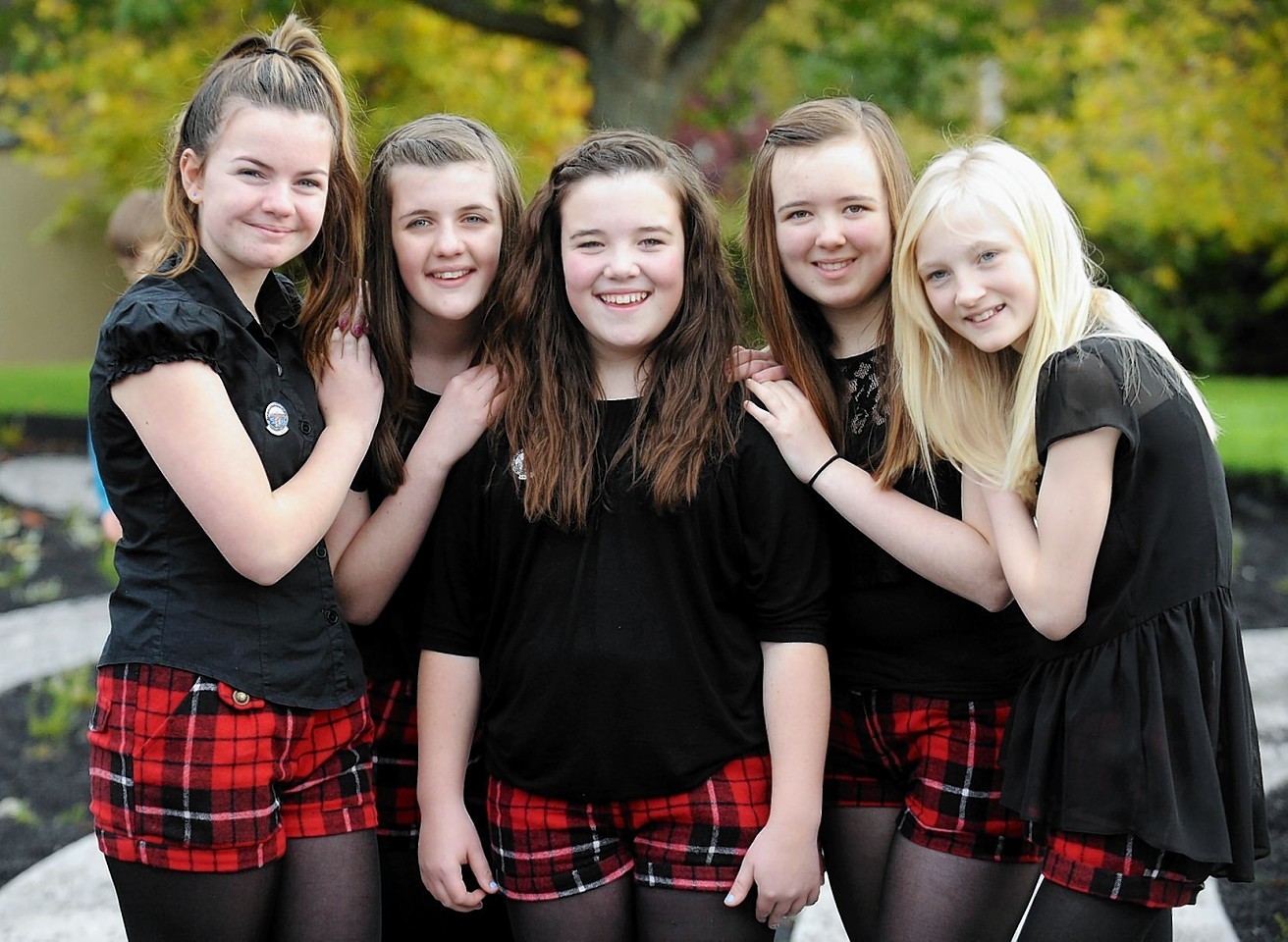If the level of interest in competitive Gaelic among the young is any barometer, the future of the language seems secure.
As the Royal National Mod at Inverness enters its sixth day, the organisers, An Comunn Gaidhealach, have reported an incredible upsurge in entries in traditional music.
Just over 400 entrants took part in the under-18 competitions, while the under-15 section featured 51 competitions, compared with 45 last year.
An Comunn president John Macleod said there had been a major upsurge in young people interested in traditional song.
The number of junior choirs has risen to 27 from 23 in 2013.
Mr Macleod put the upsurge down to the popularity of Gaelic medium education.
He said: “The young people get to engage with the culture of the language and its people, which is different from what they get in mainstream education.
“Because the culture is such an important component of the language, it naturally flows towards learning the songs and music.
“That in turn is supported by local mods and the feis movement which gives them great opportunities to learn the traditional songs and to learn to play the music.”
Mr Macleod said modern media – such as the School of Scottish Studies website – was also playing a role in boosting the Gaelic language.
He added: “Traditional singing has never been so accessible to the young, with websites such as Tobar an Dualchais (Kist of Riches).
“And on top of that, many traditional singers in recent years have been greatly encouraged by the success of previous traditional medal winners who have gone on to make careers in their music and have become role models for the young people coming through.
“It is very much the same for the bagpipes and ceol mor, the pibroch.”
